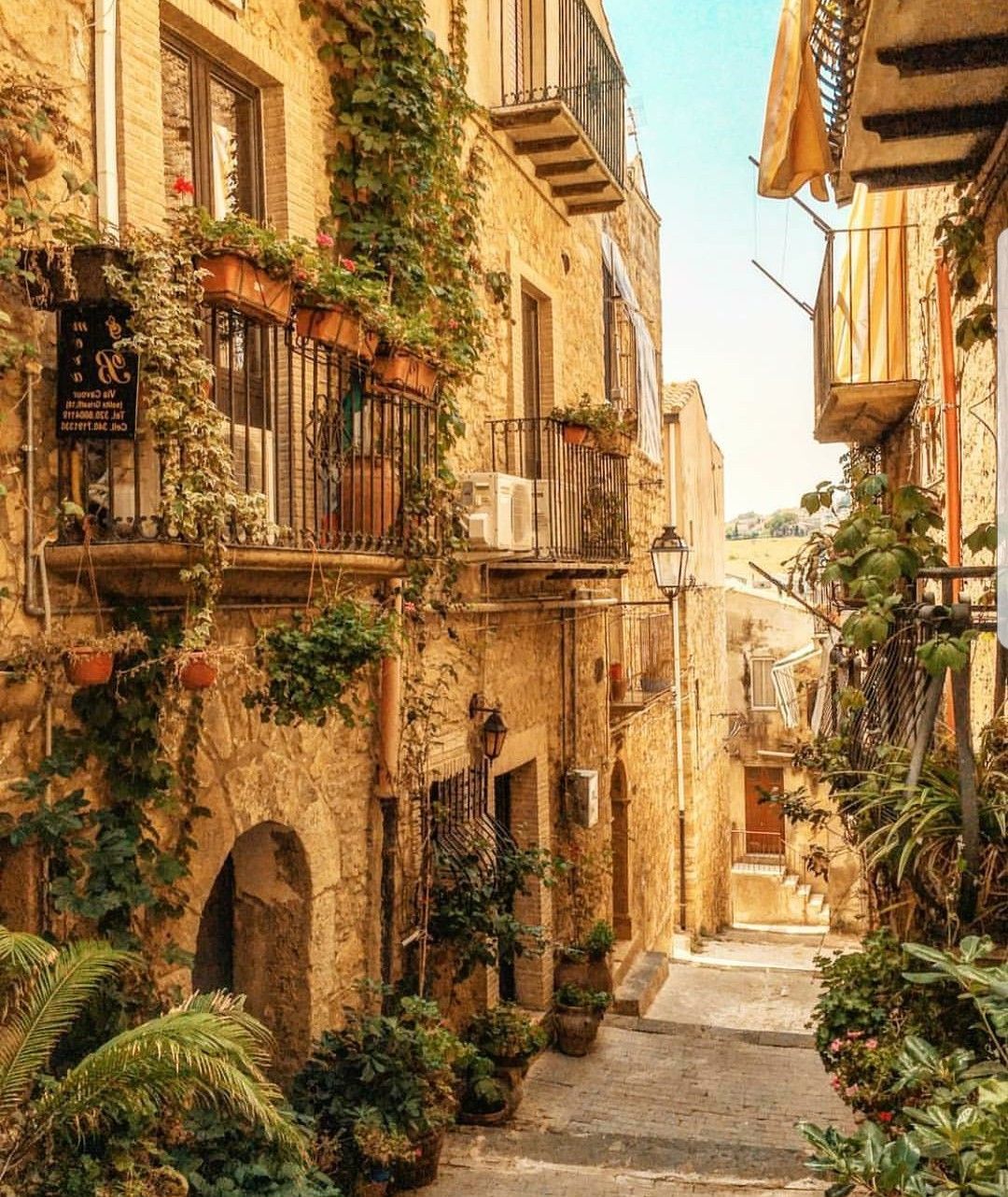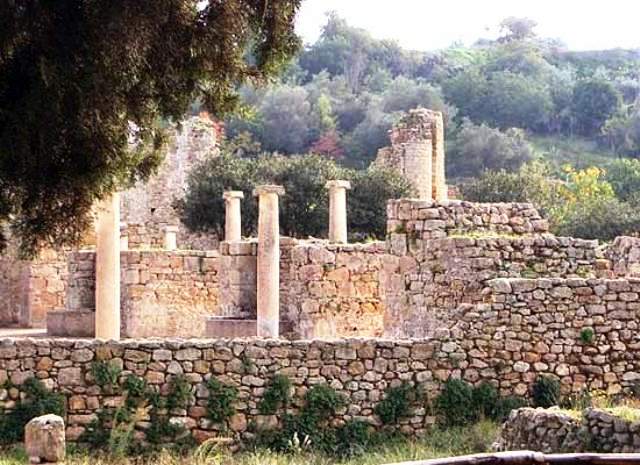Historical Sicily is buzzing with a rich landscape of ruins of temples and castles.
When you travel with me on my food, wine and cooking tours to Sicily, I am equally as passionate about showing you the cultural highlights as well as amazing food. Here is a snapshot of a couple of the very special places I love to visit in Sicily.
Historical Sicily and the beautiful town Piazza Armerina
The beautiful medieval town of Piazza Armerina is located south on a hill not far from the town of Enna in the heart of Sicily. Piazza Armerina, a UNESCO World Heritage Site was conquered by the Arabs in 861. The town has dark cobbled streets and Baroque monuments displayed amidst grand Norman and Gothic architecture and 17th-century palazzos. It was made world famous as a destination since the discovery of the Villa Romana del Casale one of the finest examples of Roman mosaics made by African craftsmen.
Historical Sicily and the UNESCO site of Romana del Casale
The Villa Romana del Casale is one of the most luxurious of its kind. It is especially noteworthy for the richness and quality of the mosaics which decorate almost every room. They are the finest mosaics anywhere in the Roman world. We lunch at one of the local restaurants in the Piazza. Here we sample this areas specialities such as almond wine, cheese and meats. Then we continue our bus tour to Caltagirone, one of the most lively Baroque towns in central Sicily.
Historical Sicily and the Charming town Caltagirone
Caltagirone is known in Italy as “The city of Sicilian ceramics” due to its thousand-year-old tradition. The name itself – Caltagirone – derives from an Arabic word meaning the Castle or Fortress of the vases. Here you are free to wander through the many artisan workshops. Or do a spot of shopping or visit the Regional Museum of Ceramic. To work off lunch you may like to tackle the 142-step monumental Staircase of Santa Maria del Monte, built from 1608 in the old part of the town. The peculiarity is that each step is decorated with different hand-decorated ceramics. This is using styles and figures derived from the millennial tradition of pottery making.
Historical Sicily Experienced through the Art of Ceramics
One of the highlights of Sicily for the lovers of art and sculpture are the stunning ceramics. Ceramics are available all over Sicily. However, two of the most famous places that you will visit on Pure Food Wine and Cooing Tours of Sicily are Caltagirone in Eastern Sicily and Sant Stefano di Camastra in Western Sicily.
Local production of functional pottery in Sicily started as early as the 2nd century BC, thanks to the abundance of clay in the area. There are many different styles and techniques that you will find throughout Sicily. This is thanks to the influences of the Romans, then the Greeks, the Arabs, the Spanish and the Normans. Each providing new elements of creativity to the local ceramic production, making it one of the most distinctive in Italy.
Sant Stefano de Camastra is a town that pays homage to ceramics with coloured painted panels in the squares, tiles on the floors of the stores, house street numbers, street signs and even in furniture. The features and difference between the two towns ceramic styles are evident in the colours, shapes, forms and patterns.
Caltagirone is definitely worth visiting as it is full of beautiful buildings, baroque churches and protected by the UNESCO World heritage program. This little town part of the Eastern Sicily tour is one of the most lively Baroque towns in central Sicily. It is as described “The city of Sicilian ceramics” due to its thousand-year-old tradition. The name itself derives from an Arabic word meaning the Castle or Fortress of the vases.
Ceramics in Architecture
Caltagirone ceramics have been used for centuries to decorate parks and churches, streets and squares. This you can see throughout the small picturesque town. A sight that you must experience and challenge yourself to walk to the top of, is the 142 steps monumental Staircase of Santa Maria del Monte. Each step is decorated with different hand-decorated ceramics. using styles and figures derived from the millennial tradition of pottery making.
The highlight of these ceramics is the Maiolica, typically ahead with Moorish features painted in different colours. It displays symbols and stories from history also including fruits, flowers and vines.
A story says that around 1100 AD when Sicily was ruled by the Moors, a beautiful girl was living in seclusion and spent her days cultivating flowers on her balcony. One day a young Moor passing by saw her, decided he had to have her and entered the house so to declare his love. The young girl, surprised by such a gesture, reciprocated him. However, just when she got to know him he had to return to where he came from, to his wife and children! She waited for the night to come and as he fell asleep she cut off his head. She used it as a vase for her flowers and put it on her balcony displaying it to everyone. This way his love was forever hers. Since then, flowers grew lush in the vase and the neighbours, envious, built vases shaped like a Moor’s head.
To ready more about charming Caltagirone go to my blog On your trips to Sicily, Caltagirone is a must-do.





